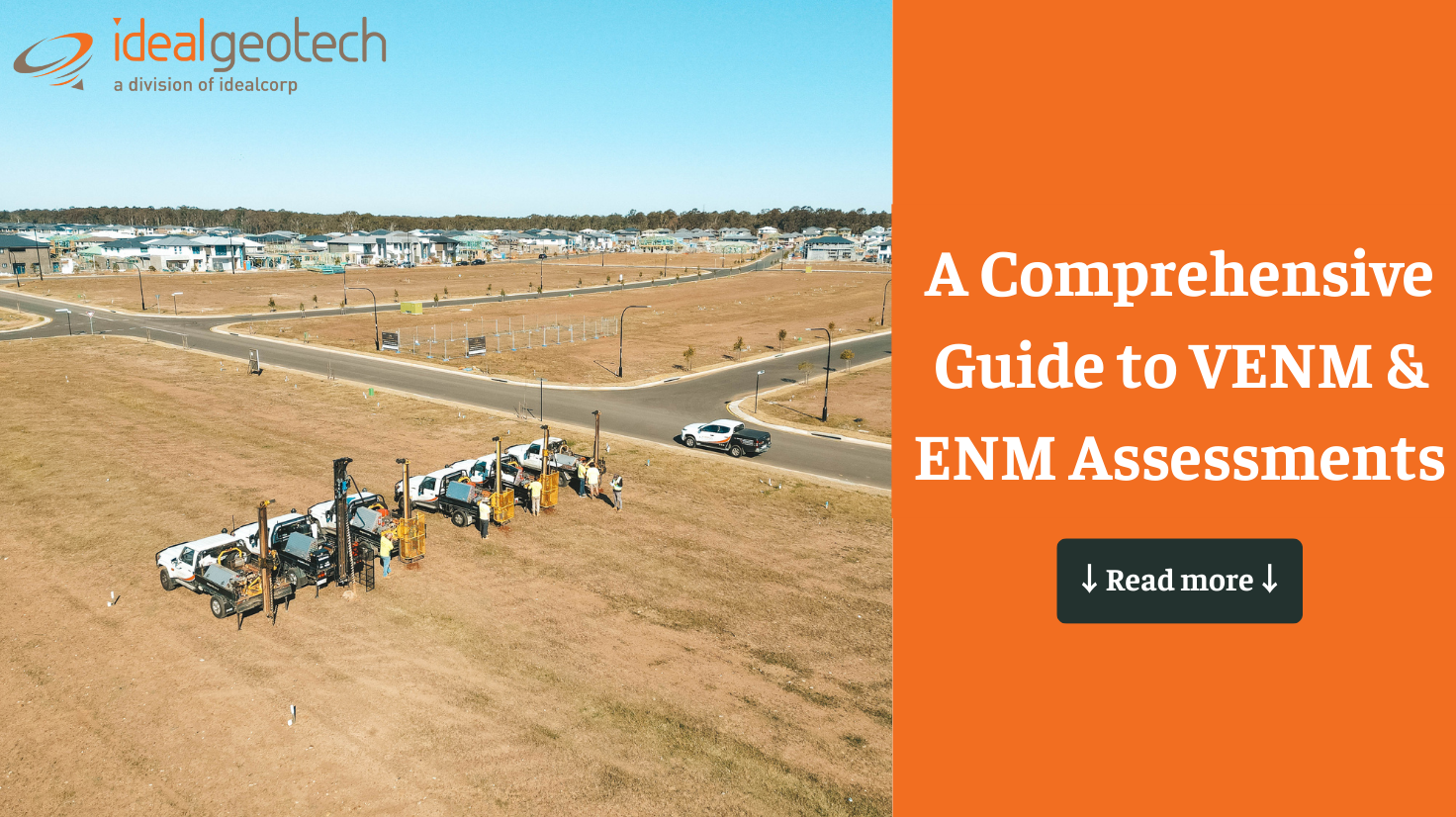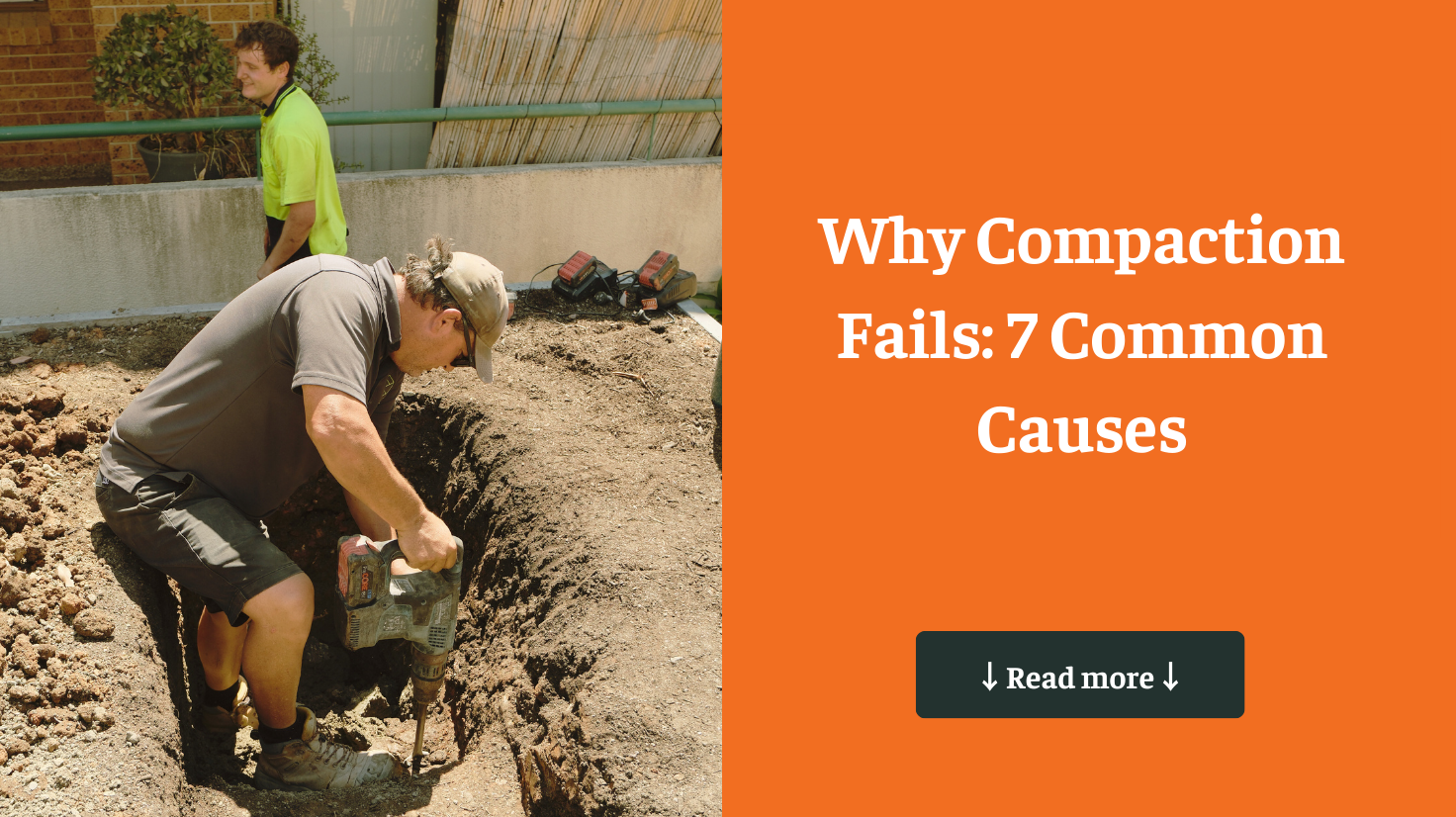Classifying soil as Virgin Excavated Natural Material (VENM) or Excavated Natural Material (ENM) is a vital step in any construction or excavation project in New South Wales (NSW). Proper VENM & ENM assessments must be conducted before removing soil from a site to ensure compliance with stringent environmental regulations set by the NSW Environmental Protection Authority (EPA).
These classifications not only help in sustainable construction practices but also prevent environmental harm by ensuring that soil is free from contaminants.
1. What Are VENM and ENM?
1.1 Virgin Excavated Natural Material (VENM)
VENM consists of natural materials such as clay, gravel, sand, soil, or rock fines, excavated or quarried from uncontaminated areas. VENM is a highly regulated material due to its purity, making it safe for reuse in various construction projects without posing environmental risks. The Environmental Protection Authority (EPA) of NSW permits the reuse of VENM, emphasizing its value in sustainable building practices. However, to classify soil as VENM, it must meet stringent purity criteria—free from industrial or urban contamination, even at trace levels.
1.2 Excavated Natural Material (ENM)
ENM includes naturally occurring materials like sandstone, shale, and clay that are excavated from the ground but do not meet the strict purity standards required for VENM. While ENM is still safe for reuse, it requires a more rigorous assessment to ensure it does not contain harmful contaminants. ENM may include soils from developed or agricultural areas where minor contaminants might be present, thus requiring careful testing to confirm that it meets the acceptable criteria for reuse under NSW regulations.
2. Why VENM & ENM Assessments Are Essential
VENM & ENM assessments are critical for ensuring environmental safety and regulatory compliance:
- Environmental Protection: These assessments ensure that soil removed from a site is free from contaminants that could harm the environment, such as heavy metals, asbestos, or hydrocarbons. Identifying VENM or ENM early in a project prevents the spread of pollutants, protecting ecosystems and water sources.
- Regulatory Compliance: NSW regulations prohibit the reuse of soil on other sites unless it has been classified as VENM or ENM. Failing to conduct proper assessments can lead to non-compliance, resulting in fines, legal action, and project delays.
- Cost Efficiency: Correct classification allows for the lawful reuse of materials, reducing the need for costly disposal and replacement with new materials. It also minimizes the risk of project delays caused by improper soil management.
3. How to Conduct VENM & ENM Assessments
3.1 Sampling the Soil
Accurate sampling is the first step in assessing whether soil qualifies as VENM or ENM. Soil should be sampled from multiple locations across the site, representing the different soil types and conditions present. The sampling strategy must comply with EPA guidelines to ensure that the samples are representative of the entire site.
3.2 Testing for Contaminants
Once sampled, the soil must be tested in accredited laboratories for various contaminants. These tests determine the presence of substances such as heavy metals, organic pollutants, and other hazardous materials. Testing should follow the protocols outlined by the NSW EPA to ensure that the results are accurate and legally defensible.
3.3 Reviewing EPA Guidelines
The EPA provides detailed fact sheets and guidelines on what constitutes VENM and ENM. Reviewing these guidelines is essential to ensure that your soil classification meets all regulatory requirements. Any discrepancies or uncertainties should be clarified with the EPA before proceeding.
3.4 Documenting the Findings
Thorough documentation is crucial. This includes the sampling methods, test results, and all communications with regulatory bodies. Proper documentation not only supports compliance but also provides a record that can be referenced in case of disputes or audits.
4. Conclusion
VENM & ENM assessments are indispensable for any construction or excavation project in NSW. Understanding the differences between these classifications and conducting proper soil testing and documentation ensures that your project remains compliant with environmental regulations and contributes to sustainable land use. By adhering to these practices, you safeguard the environment and streamline your construction processes.
For more information on VENM & ENM assessments or to get expert advice on your next project, contact Idealcorp. We specialise in soil testing and environmental compliance, helping you manage your project efficiently and responsibly.







